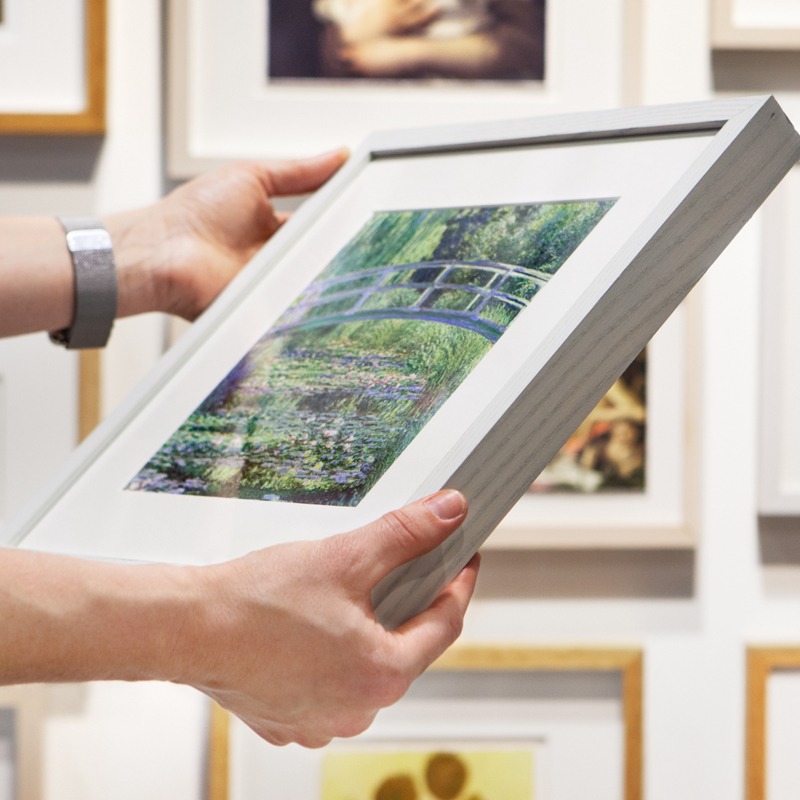Théo van Rysselberghe, 'Coastal Scene', about 1892
About the work
Overview
This cool, elegant painting explores the quality of light on water – how it moves, how it reflects and, towards the base of the picture, how it glows. The clouds are hardly reflected in the water: it seems as if the light has slipped under them to illuminate the vast, still stretch of almost tideless sea.
In 1886 in Paris, Théo van Rysselberghe saw Georges Seurat’s monumental painting Sunday Afternoon on the Ile de la Grande Jatte (now in the Art Institute of Chicago). He immediately realised the importance of Seurat’s new and startling technique, known as pointillism – myriad tiny dots of paint in complementary colours – and began to experiment with it himself.
The colours of Coastal Scene, and the absence of trees or buildings, make it appear a cold, northern seascape, but it’s thought to have been painted when van Rysselberghe was on the shores of the Mediterranean.
Key facts
Details
- Full title
- Coastal Scene
- Artist
- Théo van Rysselberghe
- Artist dates
- 1862 - 1926
- Date made
- about 1892
- Medium and support
- oil on canvas
- Dimensions
- 51 × 61 cm
- Inscription summary
- Signed
- Acquisition credit
- Bought, 2000
- Inventory number
- NG6582
- Location
- Not on display
- Collection
- Main Collection
- Frame
- 19th-century Italian Frame
Provenance
Additional information
This painting is included in a list of works with incomplete provenance from 1933–1945; for more information see Whereabouts of paintings 1933–1945.
Text extracted from the National Gallery’s Annual Report, ‘The National Gallery Review: April 1999 – March 2000’.
Exhibition history
-
2015SoundscapesThe National Gallery (London)8 July 2015 - 6 September 2015
-
2017Seurat to Riley: The Art of Perception.Compton Verney8 July 2017 - 1 October 2017
-
2024Neo-Impressionism in the Colours of the MediterraneanBasil & Elise Goulandris Foundation10 January 2024 - 7 April 2024
Bibliography
-
2000National Gallery, The National Gallery Review: April 1999 - March 2000, London 2000
-
2001
C. Baker and T. Henry, The National Gallery: Complete Illustrated Catalogue, London 2001
About this record
If you know more about this painting or have spotted an error, please contact us. Please note that exhibition histories are listed from 2009 onwards. Bibliographies may not be complete; more comprehensive information is available in the National Gallery Library.

